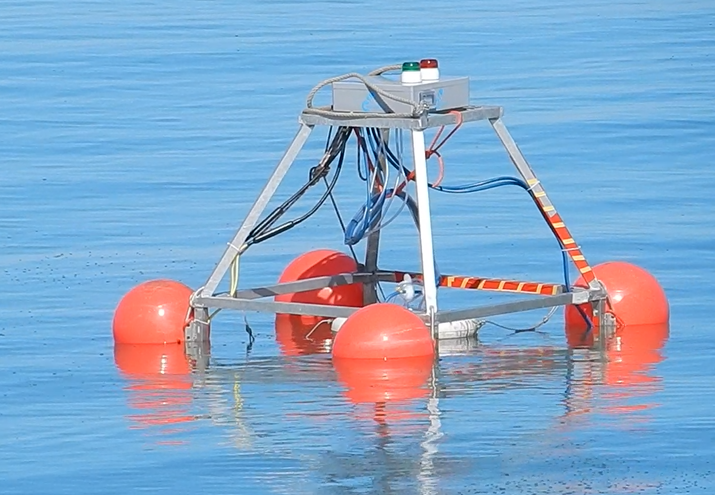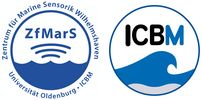Head

Prof. Dr. OLIVER WURL
Sniffle
The in situ flux measurement buoy Sniffle is an autonomous drifting buoy with a floating chamber to measure gas transfer velocities and air-sea CO2 fluxes with high spatio-temporal resolution (Ribas-Ribas et al., 2018). The floating chamber technique was previously used but was discontinued because it was heavily criticized. The criticisms related to simple setups of floating chambers were: i) either the chamber protects the water surface from wind stress or ii) in very calm water bodies, the chamber creates turbulence near the sea surface that artificially enhances the gas transfer velocity. However, the floating chamber technique has many benefits compared to other in situ flux measurement techniques, such as eddy covariance or dual tracers. For example, it allows us to make CO2 flux measurements with high spatial and temporal resolution and in low wind speed conditions, in which other techniques have a deficient response. Therefore, we adopted the floating chamber technique used in previous years with the new design that minimizes the bias by i) the careful dimension of the chamber, ii) drifting mode, iii) a fully autonomous operation to avoid any disturbances from boat operations and; iv) assessment of the buoy’s motion in evaluating turbulent kinematic energy under the chamber and outside the buoy’s perimeter. A comparison of both turbulent kinematic energies showed that the chamber technique is suitable for flux measurements in an oceanic environment. The CO2 flux measurement with the chamber technology has allowed us to estimate the effect of slicks, as other flux measurement techniques provide estimates on a much larger spatial scale.

Sniffle in the Jade Bay. Credits Ili Mustaffa
You find all details in the Sniffle paper



